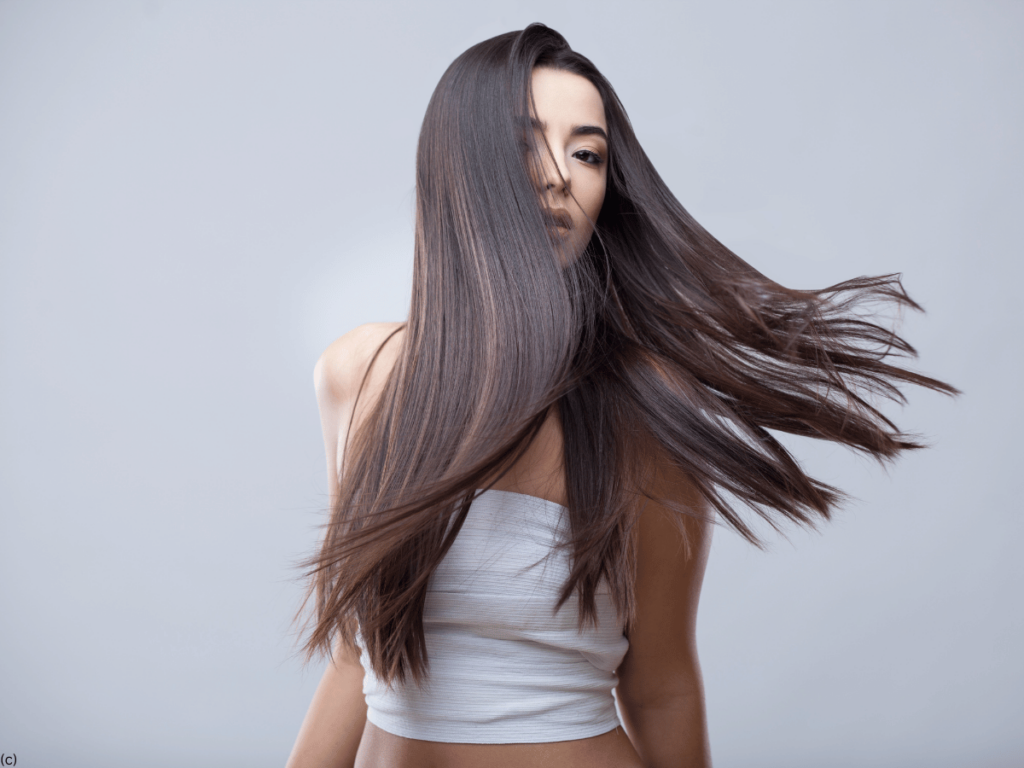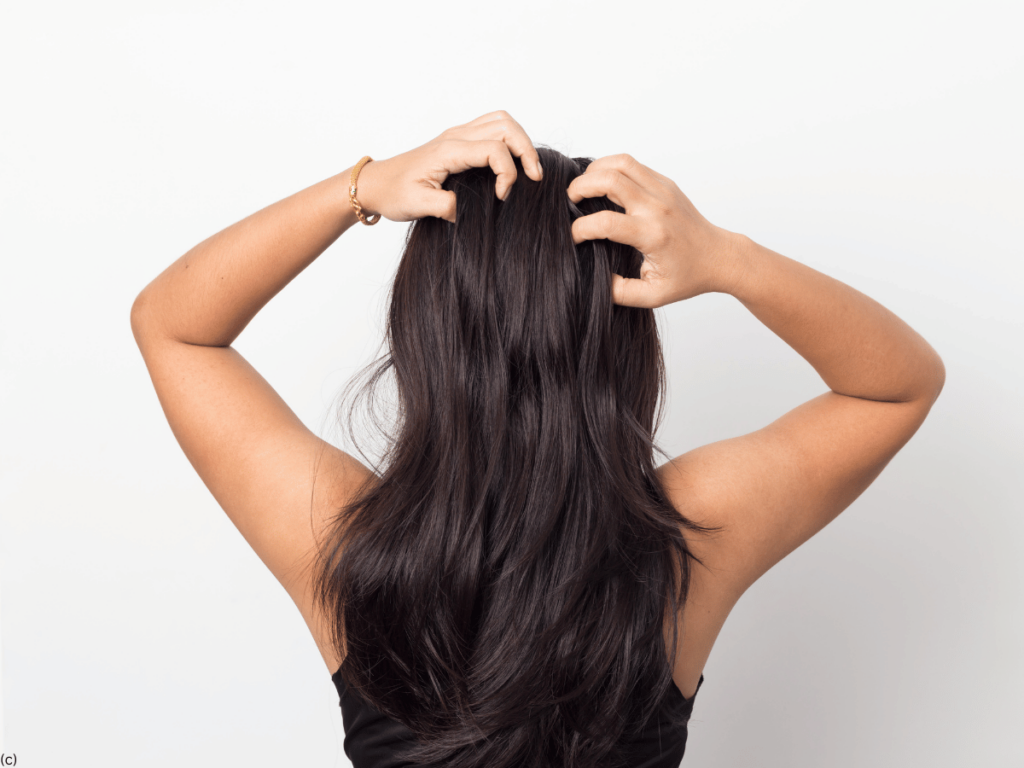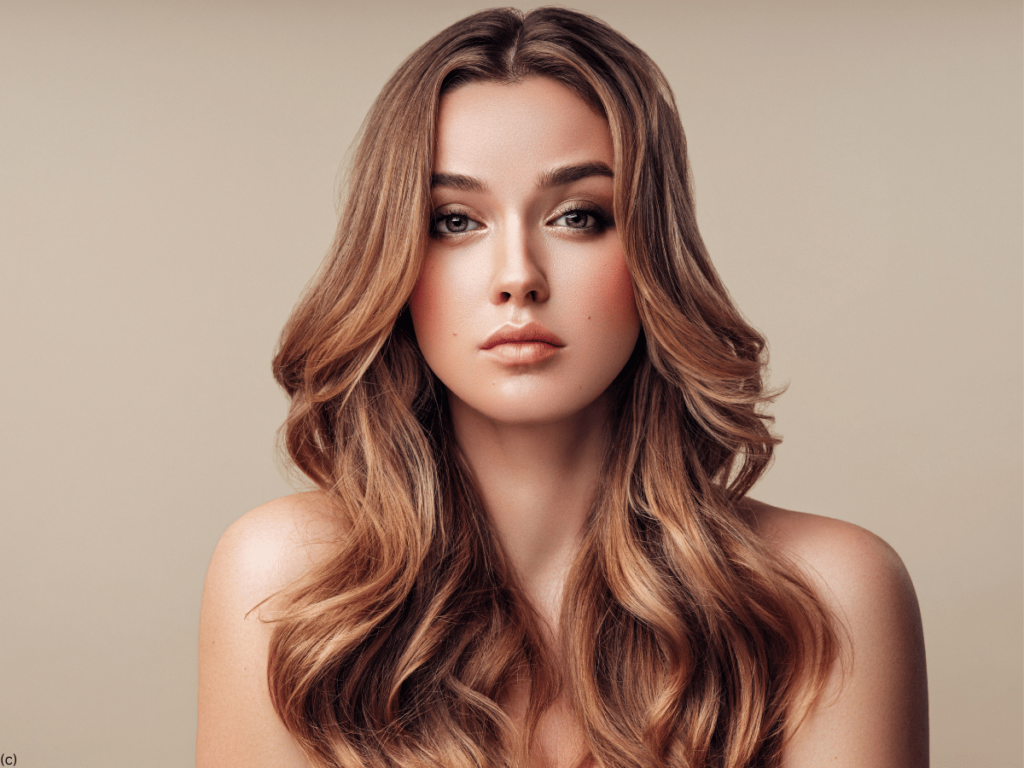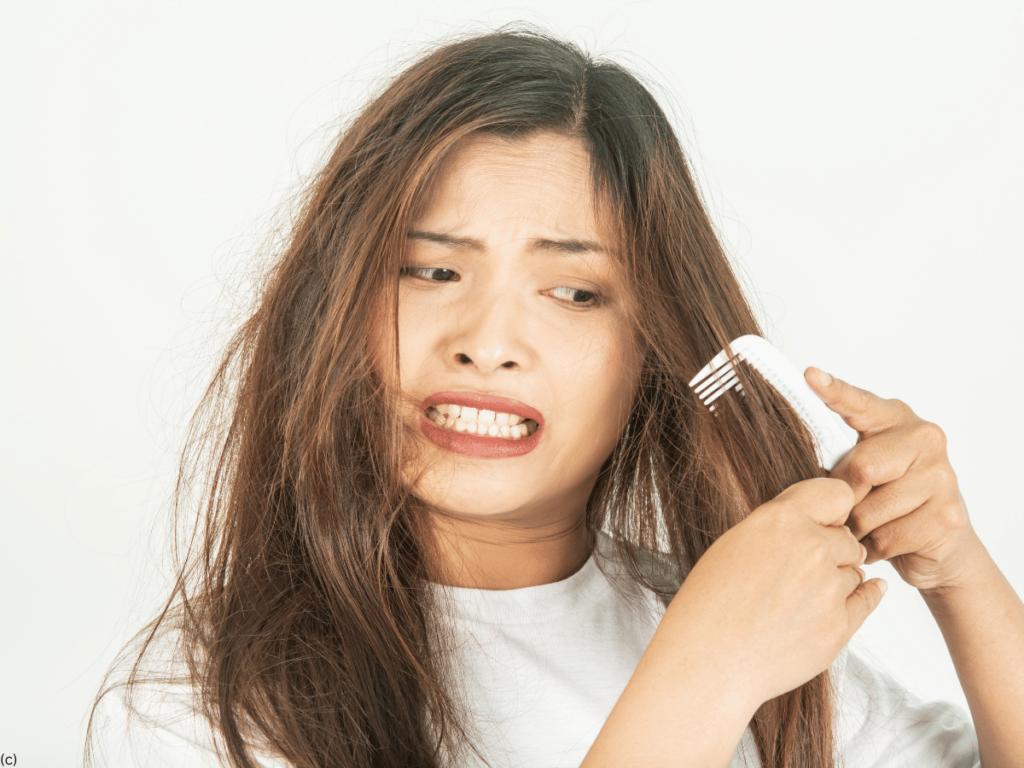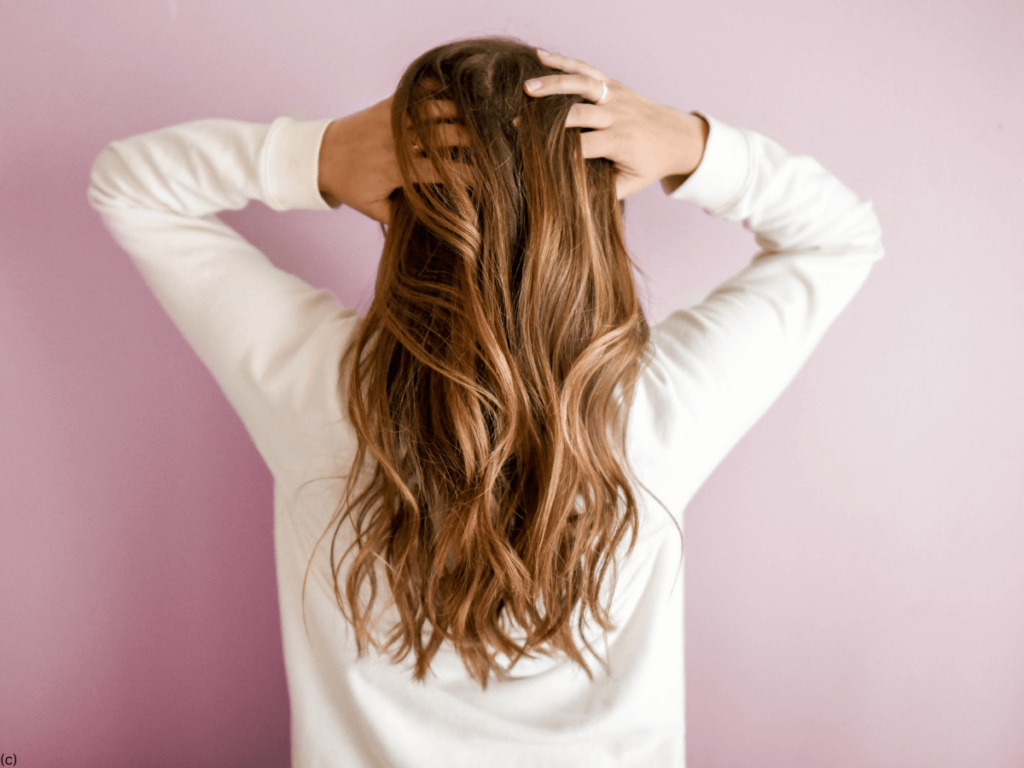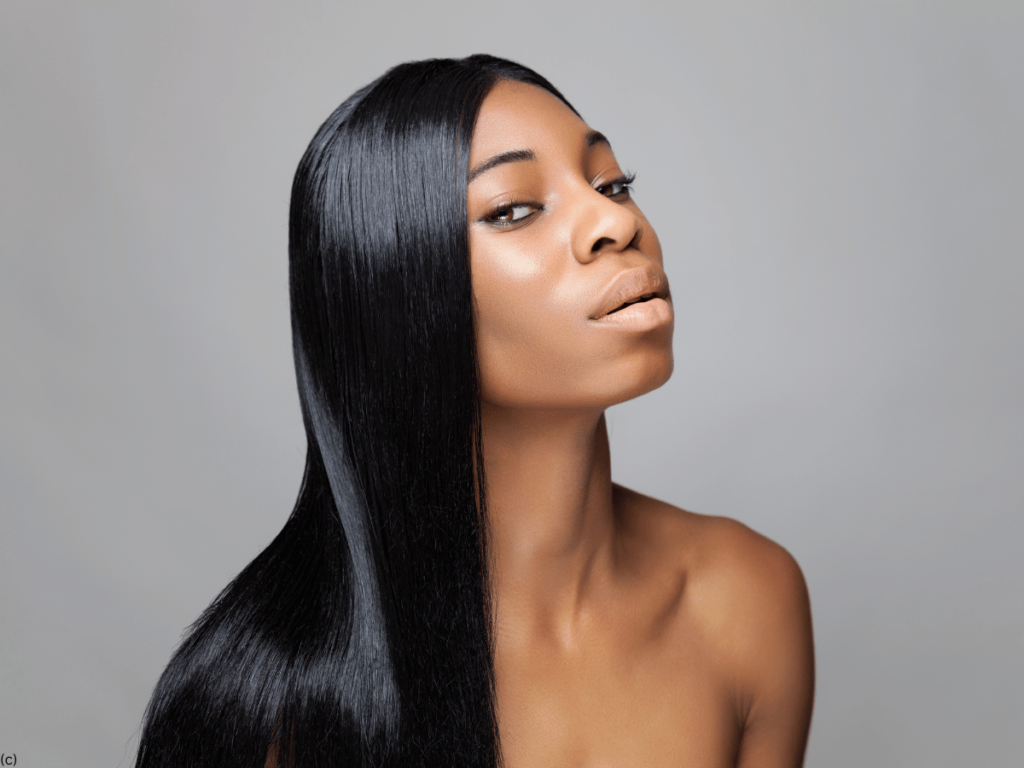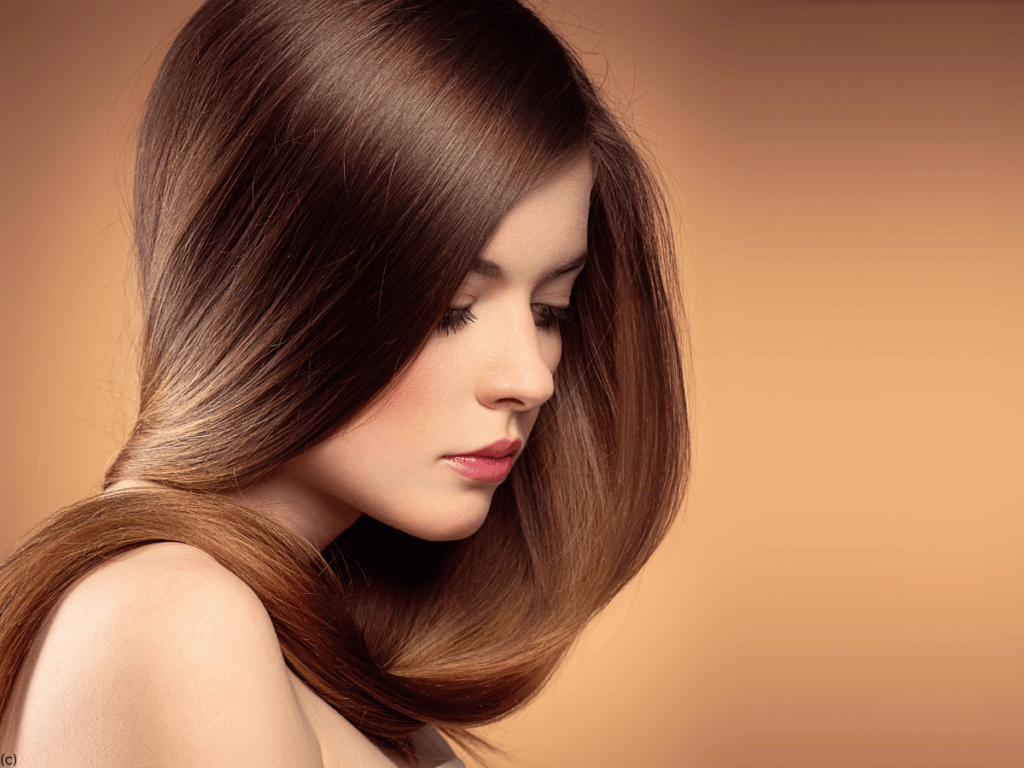
Long hair is often seen as a symbol of beauty, femininity, and strength. However, maintaining long, healthy hair requires dedication, knowledge, and the right care routine. Whether you’re growing your hair out or already have long locks, it’s essential to understand the unique needs of long hair to keep it strong, shiny, and healthy. This comprehensive guide will provide you with 2000 words of expert tips, advice, and care routines to help you achieve and maintain the long hair of your dreams.
Understanding the Structure of Hair
Before diving into long hair care tips, it’s helpful to understand the basic structure of hair. Each strand of hair is composed of three layers:
- Cuticle: The outermost layer, which is made up of overlapping cells that protect the inner layers.
- Cortex: The middle layer, which contains the protein (keratin) and pigment that give hair its strength, elasticity, and color.
- Medulla: The innermost layer, which may not be present in all hair types. It’s more common in thicker hair and plays a minor role in hair health.
Long hair is more prone to damage because the cuticle wears down over time, exposing the inner layers to environmental stressors and physical damage. Therefore, a proper hair care routine is crucial to maintaining the integrity of the hair’s structure.
1. Establishing a Hair Care Routine
The foundation of healthy long hair is a consistent and well-rounded hair care routine. Here are the essential steps:
a. Washing
- Frequency: Long hair doesn’t need to be washed daily. Over-washing can strip the hair of its natural oils, leading to dryness and breakage. Aim to wash your hair 2-3 times a week, or as needed depending on your hair type and scalp condition.
- Shampooing: Use a sulfate-free shampoo that is gentle on the scalp and hair. Sulfates can be harsh and drying, especially for long hair. Focus the shampoo on your scalp, allowing the suds to cleanse the rest of your hair as you rinse.
- Conditioning: Always follow up with a conditioner, focusing on the mid-lengths and ends where the hair is most prone to dryness and damage. Look for a conditioner with hydrating and repairing ingredients like argan oil, shea butter, and keratin.
b. Deep Conditioning and Hair Masks
- Weekly Treatments: Incorporate a deep conditioning treatment or hair mask into your routine once a week. These treatments provide intense hydration and repair, helping to restore moisture balance and strengthen the hair.
- DIY Masks: You can also make DIY hair masks using natural ingredients like coconut oil, honey, avocado, and yogurt. These ingredients are rich in vitamins and fatty acids that nourish and strengthen long hair.
c. Drying
- Towel Drying: After washing, gently squeeze out excess water using a soft microfiber towel or an old T-shirt. Regular towels can be rough on the hair, leading to frizz and breakage.
- Air Drying: Whenever possible, allow your hair to air dry. Excessive heat from blow-dryers can cause damage over time. If you need to blow-dry, use a heat protectant spray and keep the dryer on a low heat setting.
d. Detangling
- Use the Right Tools: Long hair is more prone to tangling, especially after washing. Use a wide-tooth comb or a detangling brush to gently remove knots. Start from the ends and work your way up to avoid pulling and breaking the hair.
- Detangling Sprays: If your hair is particularly prone to tangling, consider using a leave-in conditioner or detangling spray to make the process easier and less damaging.
2. Protecting Long Hair from Damage
Long hair is more vulnerable to damage due to its length and exposure to environmental factors. Here are some ways to protect your hair:
a. Heat Protection
- Minimize Heat Styling: Heat styling tools like flat irons, curling wands, and blow dryers can weaken the hair shaft, leading to split ends and breakage. Try to minimize their use and always apply a heat protectant spray before styling.
- Alternative Styling Methods: Explore heat-free styling methods like braiding your hair overnight for waves, using rollers, or creating buns and twists for natural curls.
b. Sun Protection
- UV Protection: Just like your skin, your hair can be damaged by UV rays. If you spend a lot of time outdoors, consider using hair products that contain UV filters or wear a hat to protect your hair from sun exposure.
- Moisturizing Sprays: Keep your hair hydrated in the sun by using a moisturizing spray or leave-in conditioner. This helps to prevent dryness and color fading, especially for colored hair.
c. Chemical Treatments
- Avoid Overprocessing: Chemical treatments like coloring, bleaching, and perming can weaken the hair. If you color your hair, try to stretch the time between treatments and opt for less damaging techniques like balayage or ombre that require fewer touch-ups.
- Use Bond-Building Treatments: Products like Olaplex can help repair and strengthen hair bonds that are damaged during chemical treatments. Incorporate these into your routine to maintain hair integrity.
d. Protecting Hair While Sleeping
- Silk or Satin Pillowcases: Switch to silk or satin pillowcases to reduce friction while you sleep. These materials are gentler on the hair and help prevent tangles and breakage.
- Protective Hairstyles: Consider sleeping with your hair in a loose braid or bun to minimize tangling and breakage. Avoid tight hairstyles that can cause stress on the hair shaft.
3. Nourishing Your Hair from the Inside Out
Healthy hair starts with a healthy body. Your diet and lifestyle play a significant role in the health of your hair. Here are some tips to ensure your hair gets the nourishment it needs:
a. Balanced Diet
- Protein: Hair is made of keratin, a type of protein. Ensure you’re getting enough protein in your diet through sources like lean meats, eggs, dairy, nuts, and legumes.
- Vitamins and Minerals: Vitamins A, C, D, E, and B-complex vitamins (especially Biotin) are essential for hair health. Minerals like zinc, iron, and selenium also play a crucial role in hair growth and strength. Incorporate a variety of fruits, vegetables, whole grains, and lean proteins into your diet.
- Omega-3 Fatty Acids: These healthy fats, found in foods like salmon, walnuts, and flaxseeds, help to keep your scalp and hair hydrated.
b. Hydration
- Drink Water: Staying hydrated is essential for overall health, including your hair. Aim to drink at least 8 glasses of water a day to keep your hair hydrated from the inside out.
- Moisturizing Treatments: In addition to drinking water, use hydrating hair products like leave-in conditioners and oils to maintain moisture levels in your hair.
c. Supplements
- Hair Growth Supplements: If you’re not getting enough nutrients from your diet, consider taking hair growth supplements. Look for supplements that contain Biotin, Keratin, Vitamin D, and Iron. However, consult with a healthcare provider before starting any new supplement regimen.
- Collagen: Collagen supplements can also help improve hair strength and elasticity. They provide amino acids that are essential for hair growth.
4. Regular Trims and Split-End Management
Even though the goal is to grow long hair, regular trims are essential for maintaining its health:
a. Regular Trims
- Frequency: Get your hair trimmed every 8-12 weeks to prevent split ends from traveling up the hair shaft. Regular trims help to maintain the overall health and appearance of your hair.
- Dusting: If you’re trying to grow your hair out and want to minimize length loss, ask your stylist for a “dusting,” which involves trimming only the very tips of your hair to remove split ends.
b. Managing Split Ends
- Split-End Treatments: Use serums or oils specifically designed to seal split ends. While these won’t repair split ends, they can temporarily seal them and prevent further damage.
- Avoid Rough Handling: Be gentle when handling your hair, especially when it’s wet. Wet hair is more susceptible to damage, so avoid rough towel-drying and brushing.
5. Styling Long Hair
Styling long hair can be fun and versatile, but it’s important to do so in a way that minimizes damage:
a. Gentle Styling Techniques
- Avoid Tight Hairstyles: Constantly pulling your hair into tight ponytails, buns, or braids can lead to breakage and even hair loss over time. Opt for looser styles or switch up your hairstyle regularly to avoid stress on the same areas of your hair.
- Use Hair-Friendly Accessories: Avoid hair accessories that can cause damage, like metal clips and rubber bands. Instead, use fabric-covered elastics, scrunchies, and hairpins that are gentle on your hair.
b. Heat-Free Styling
- Embrace Natural Texture: Work with your hair’s natural texture by using products that enhance curls, waves, or straightness without heat. For curly hair, use curl creams or gels to define and reduce frizz. For straight hair, use serums or light oils for a sleek finish.
- Braids and Twists: Braiding or twisting your hair while damp and letting it air dry is a great way to create waves or curls without using heat. Experiment with different braid sizes and techniques to achieve various styles.
c. Volume and Body
- Layered Cuts: If your hair is thick and tends to look heavy, consider getting layers. Layers can add movement and volume to long hair, making it easier to style.
- Root Lifting: Use a root-lifting spray or mousse to add volume to the crown of your hair. Apply the product to damp hair at the roots, then blow-dry with your head upside down or use a round brush to lift the roots as you dry.
6. Dealing with Common Long Hair Issues
Long hair can come with its own set of challenges. Here’s how to deal with some common issues:
a. Frizz Control
- Moisturizing Products: Frizz is often a result of dry hair seeking moisture from the air. Use hydrating shampoos, conditioners, and leave-in treatments to keep your hair moisturized and frizz-free.
- Anti-Frizz Serums: Apply a few drops of anti-frizz serum or oil to the ends of your hair to smooth flyaways and add shine. Look for products with ingredients like argan oil, shea butter, and silicone to lock in moisture.
b. Tangles and Knots
- Preventive Measures: To prevent tangles, consider wearing your hair in protective styles like braids or buns, especially when sleeping or during physical activities.
- Gentle Detangling: When you encounter tangles, use a wide-tooth comb or detangling brush. Start detangling from the ends and work your way up, being gentle to avoid breakage.
c. Dry Ends
- Regular Trims: As mentioned earlier, regular trims are essential to keep dry ends at bay. If you notice split ends, it’s time for a trim.
- Oil Treatments: Apply a nourishing oil like coconut oil, argan oil, or jojoba oil to the ends of your hair to keep them hydrated and healthy. You can also use these oils as a pre-shampoo treatment.
7. Long Hair Maintenance Tips for Different Hair Types
Different hair types require different care approaches. Here’s how to care for long hair based on your specific hair type:
a. Straight Hair
- Shine and Sleekness: Straight hair tends to reflect light well, giving it a natural shine. To enhance this, use lightweight serums or oils and avoid heavy products that can weigh hair down.
- Volume: Straight hair can sometimes lack volume. Use volumizing products at the roots and consider adding layers to your cut for more movement and body.
b. Wavy Hair
- Enhance Waves: Use lightweight mousse or curl-enhancing creams to define your natural waves. Scrunch your hair while it’s damp to encourage wave formation.
- Frizz Control: Wavy hair can be prone to frizz, especially in humid conditions. Use anti-frizz products and avoid touching your hair too much throughout the day.
c. Curly Hair
- Moisture: Curly hair is naturally drier because the curl pattern makes it harder for natural oils to travel down the hair shaft. Use moisturizing shampoos, conditioners, and leave-in products to keep curls hydrated.
- Define Curls: Use curl creams, gels, or mousses to define your curls. Consider the “plopping” method (using a T-shirt or microfiber towel to dry your curls) to enhance curl definition while minimizing frizz.
d. Coily/Kinky Hair
- Deep Conditioning: Coily hair is the most fragile and prone to dryness. Deep condition regularly to keep your coils moisturized and healthy.
- Protective Styles: Consider protective styles like braids, twists, or buns to protect your hair from environmental damage and reduce manipulation.
8. Hair Care Myths Debunked
There are many myths surrounding hair care, especially when it comes to long hair. Let’s debunk some of the most common ones:
a. “Trimming Hair Makes It Grow Faster”
- The Truth: Trimming your hair does not make it grow faster, but it does help to maintain the health of your hair by removing split ends, which can prevent breakage and make your hair appear longer over time.
b. “You Should Brush Your Hair 100 Strokes a Day”
- The Truth: Over-brushing can actually cause damage, especially to long hair. Brush your hair gently and only as needed to detangle and style.
c. “Cold Water Makes Hair Shinier”
- The Truth: While cold water may temporarily seal the cuticle, giving the appearance of shinier hair, it’s more important to focus on using the right products and techniques to maintain shine and health.
Taking care of long hair requires dedication, patience, and the right knowledge. By establishing a consistent hair care routine, protecting your hair from damage, nourishing it from the inside out, and addressing common issues with the right products and techniques, you can maintain healthy, beautiful long hair. Remember, every head of hair is unique, so it’s important to find what works best for you and your hair type. With the tips and advice provided in this guide, you’ll be well on your way to achieving and maintaining the long, luscious locks you’ve always wanted.
